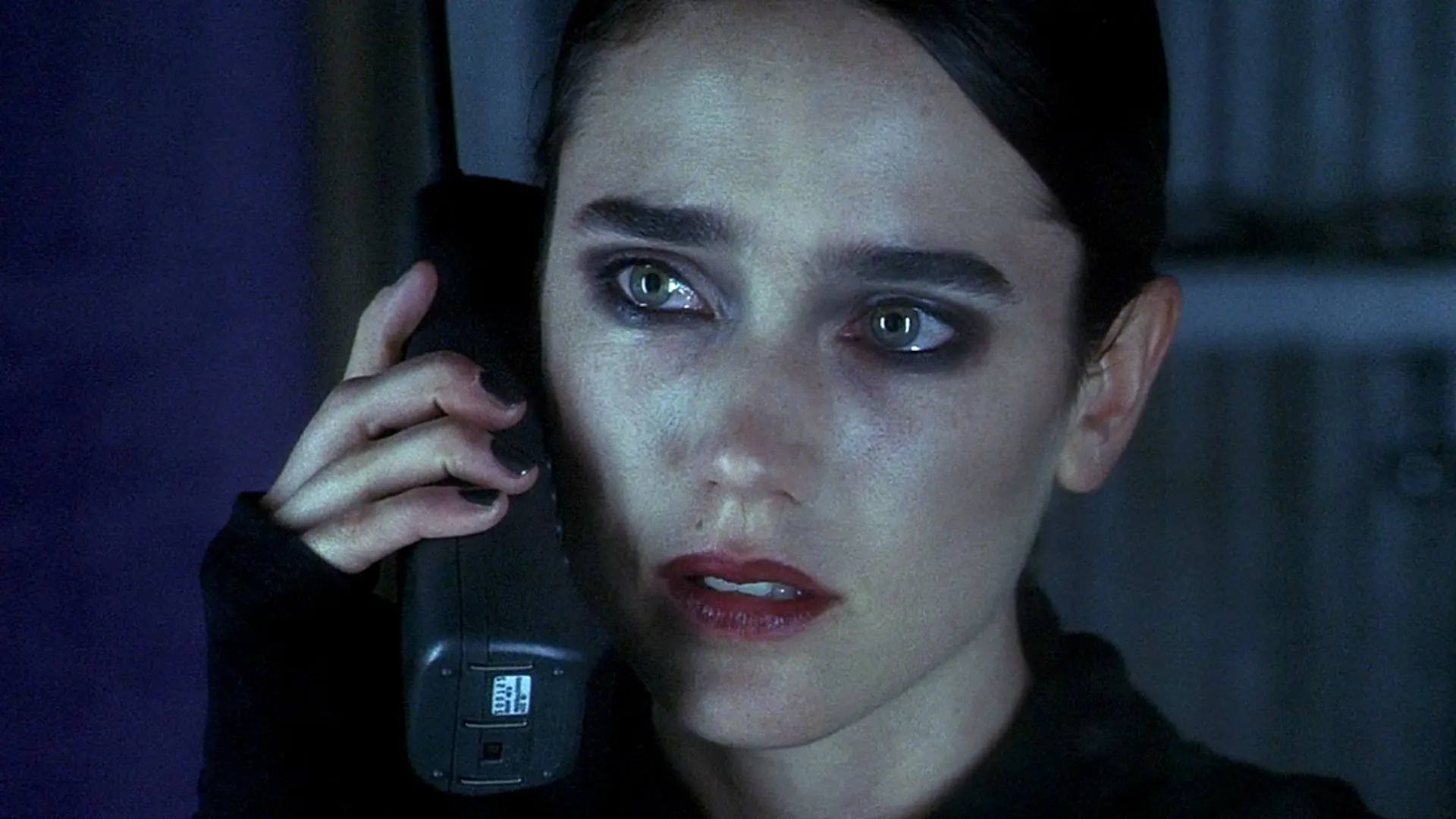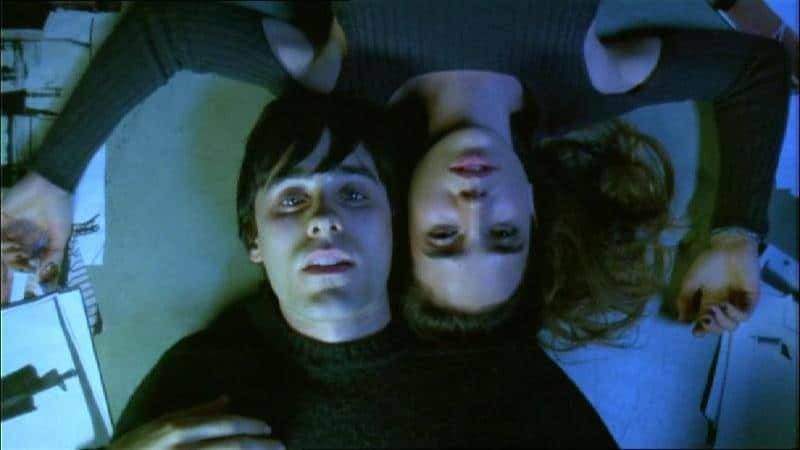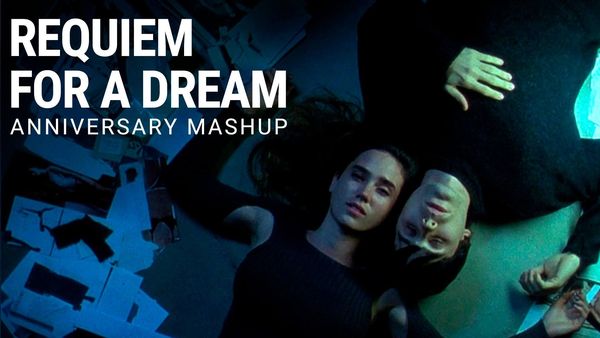“Requiem for a Dream,” directed by Darren Aronofsky and based on the novel by Hubert Selby Jr., is a haunting and visceral portrayal of addiction, desperation, and the relentless pursuit of dreams.

“Requiem for a Dream,” directed by Darren Aronofsky and based on the novel by Hubert Selby Jr., is a haunting and visceral portrayal of addiction, desperation, and the relentless pursuit of dreams. The film delves deep into the lives of four individuals—Sara Goldfarb (Ellen Burstyn), her son Harry (Jared Leto), his girlfriend Marion (Jennifer Connelly), and his best friend Tyrone (Marlon Wayans)—all of whom are ensnared by their own obsessions and addictions.

Sara, an elderly widow, becomes fixated on losing weight to appear on a television show, turning to diet pills that spiral into amphetamine addiction. Harry, Marion, and Tyrone dream of escaping their grim realities through a heroin-fueled scheme, believing it will lead them to a better life. However, their addictions quickly take hold, leading them down a dark path of despair and destruction.

Aronofsky’s direction is unflinching, using rapid-fire editing, close-up shots, and an unsettling score by Clint Mansell to immerse the audience in the characters’ deteriorating mental states. The film’s portrayal of addiction is both raw and relentless, showing the physical and psychological toll it takes on each character.

“Requiem for a Dream” is not just a story about addiction, but a powerful commentary on the human condition, the fragility of dreams, and the lengths people will go to chase fleeting happiness. The film’s bleak narrative and its tragic ending leave a lasting impact, serving as a stark reminder of the consequences of unchecked desires and the often harsh realities of life.












